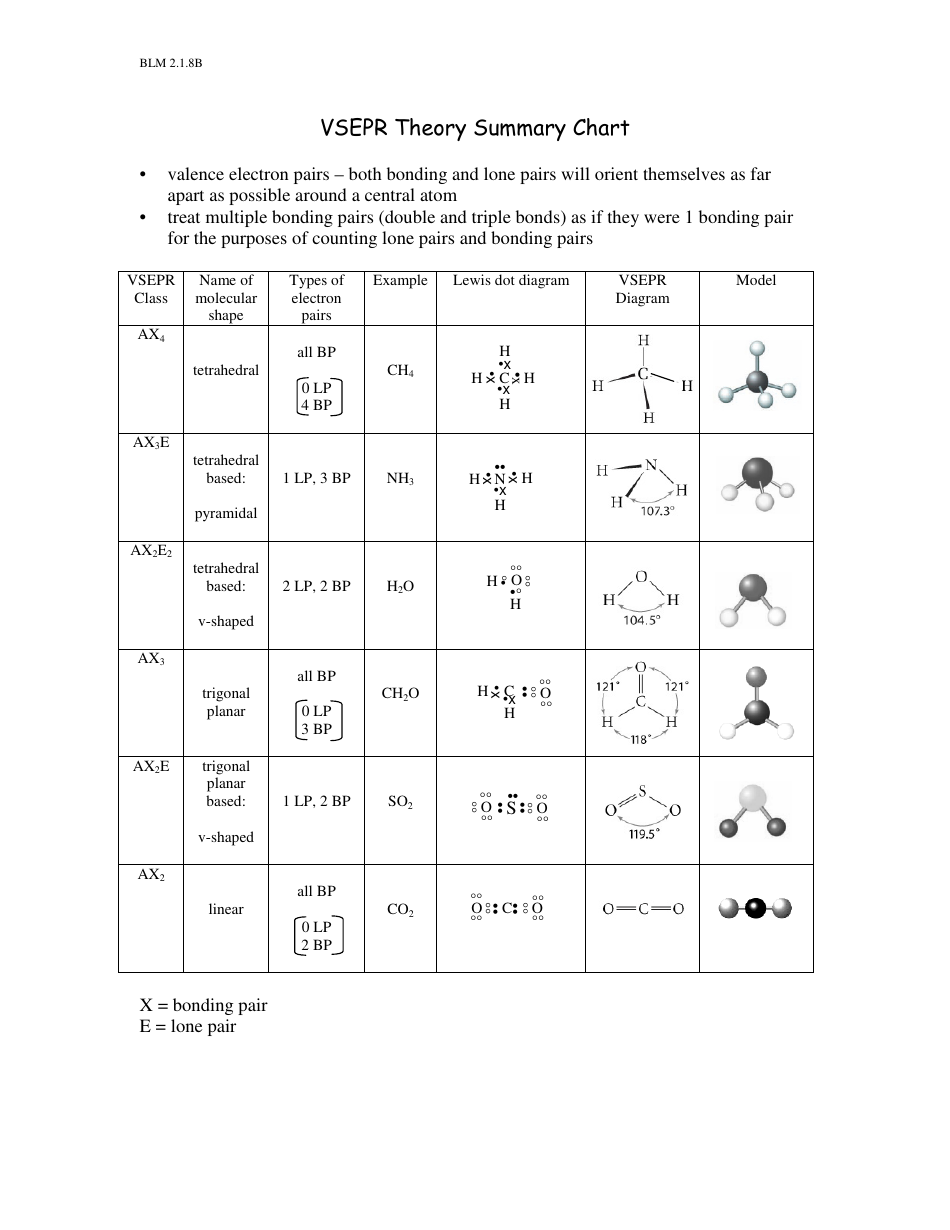
Think about the following: According to VSEPR, the electron. Consequently, the bond dipole moments do not cancel one another, and the result is a molecule which has a dipole moment. Molecules and compounds alike are groups of atoms held together by chemical bonds between them. The overall shape of the molecule is a pyramid with nitrogen at the vertex and a triangular base formed by the three hydrogen atoms. However, although a molecule like CHCl 3 has a tetrahedral geometry, the atoms bonded to carbon are not identical.

In contrast, \(CHCl_3\) is a polar molecule (right panel in figure above). The whole of the outside of the molecule is somewhat negative, but there is no overall separation of charge from top to bottom, or from left to right. The electronegative chlorine draws electrons towards itself.Ĭonsider \(CCl_4\), (left panel in figure below), which as a molecule is not polar - in the sense that it doesn't have an end (or a side) which is slightly negative and one which is slightly positive. Josh Ducks Periodic Table of HTML Elements beautifully articulates how all.


Compound molecular geometry table series#
The manner in which the individual bonds contribute to the dipole moment of the molecule is nicely illustrated by the series of chloromethanes shown below. Molecules are groups of two or more atoms held together by chemical bonds. for the following molecules using ONLY your periodic table as a guide. Understanding the molecular structure of a compound can help determine the polarity, reactivity, phase of matter, color, magnetism, as well as the biological activity. Out of these compounds, XeF2 is the most The VSEPR theory is used to predict the. In more complex molecules with more than one polar covalent bonds, the three-dimensional geometry and the compound’s symmetry determine whether the molecule has a net dipole moment. Molecular geometry, also known as the molecular structure, is the three-dimensional structure or arrangement of atoms in a molecule.


 0 kommentar(er)
0 kommentar(er)
